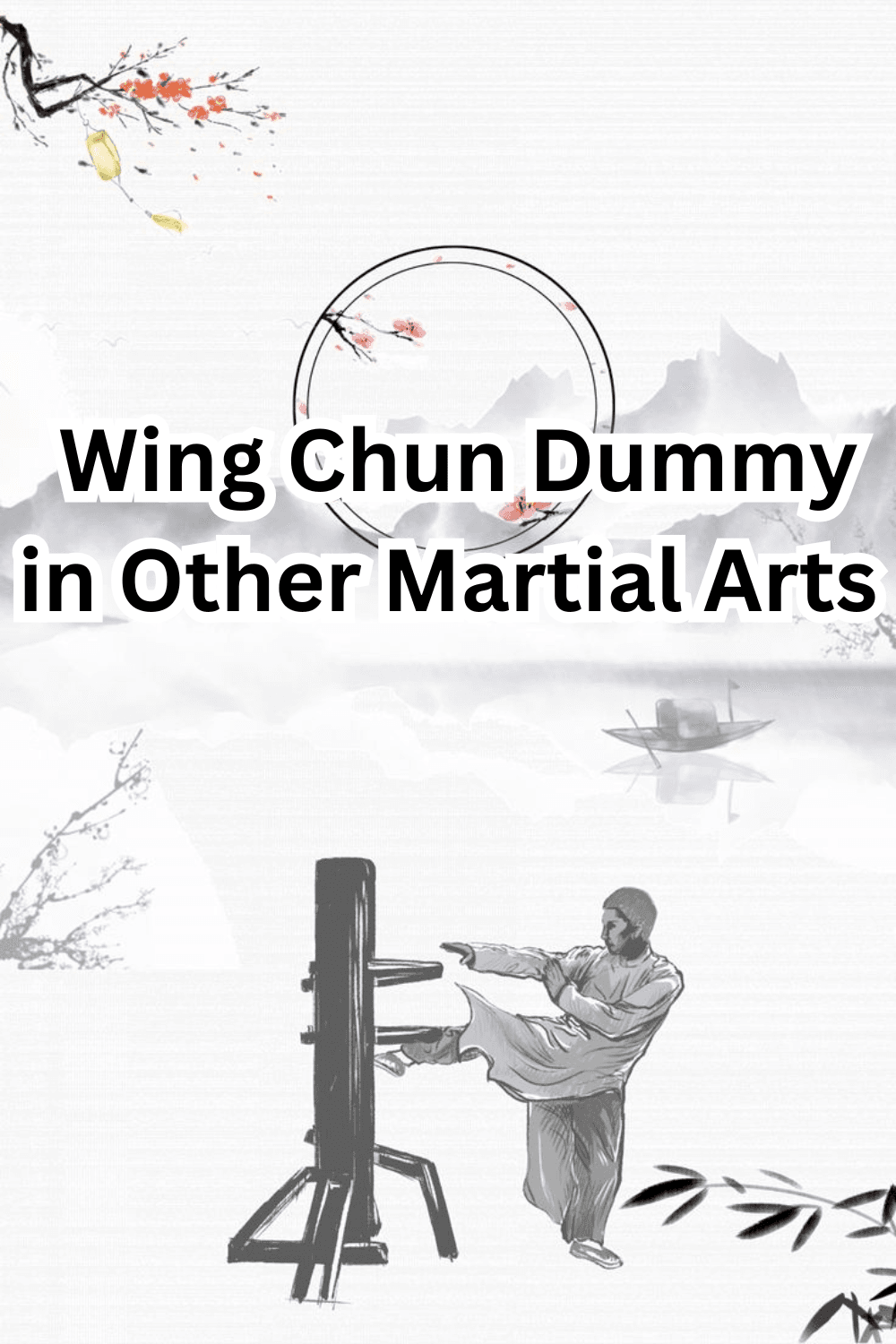Martial arts training requires dedication, discipline, and consistent practice.
One of the most effective tools for honing your skills is a Wing Chun dummy.
Originally designed for Wing Chun practitioners, this wooden training device can also be used to practice moves from other martial arts styles.
Understanding the Practicing Wing Chun Dummy
The Wing Chun dummy, also known as a Muk Yan Jong, is a wooden training apparatus that mimics an opponent’s body.
It consists of a wooden trunk with three arms and a leg.
The arms and leg are positioned at specific angles to simulate various attack and defense scenarios.
While the dummy is primarily associated with Wing Chun, its versatility makes it suitable for practitioners of other martial arts styles.
By adapting your training techniques, you can use the dummy to practice moves from disciplines such as Muay Thai, Karate, Taekwondo, or Jiu-Jitsu.
Adapting Your Techniques
When practicing other martial arts moves with a Wing Chun dummy, it’s important to make some adjustments to ensure a seamless transition.
Here are some tips to help you adapt your techniques:
1. Footwork
Footwork is crucial in any martial art. When using the Wing Chun dummy, modify your footwork to match the style you are practicing.
For example, if you are practicing Muay Thai, focus on moving in and out quickly, simulating the footwork used in Thai boxing.
If you are practicing Karate, emphasize strong stances and precise movements.
2. Strikes and Blocks
The Wing Chun dummy provides a solid target for strikes and blocks.
Adjust your strikes and blocks according to the techniques of the martial art you are practicing.
If you are practicing Taekwondo, incorporate high kicks and fast, snapping strikes.
If you are practicing Jiu-Jitsu, focus on grappling techniques and joint locks.
3. Timing and Rhythm
Timing and rhythm are essential elements in martial arts.
Use the Wing Chun dummy to develop your timing and rhythm according to the style you are practicing.
For example, if you are practicing boxing, work on your punch combinations and maintaining a steady rhythm.
If you are practicing Kung Fu, focus on fluid movements and transitions between techniques.
4. Visualization
When practicing other martial arts moves with a Wing Chun dummy, it’s important to visualize an opponent.
Imagine the dummy as a real person and visualize your strikes and blocks being executed against an actual opponent.
This mental exercise will enhance your training and help you prepare for real-life combat situations.
Benefits Practicing Martial arts with Dummy
Using a Wing Chun dummy to practice other martial arts moves offers several benefits:
1. Precision and Accuracy

The dummy provides a consistent and stable target, allowing you to focus on precision and accuracy.
By repeatedly practicing your techniques, you can develop muscle memory and improve your overall performance.
2. Solo Training
With a Wing Chun dummy, you can train on your own without the need for a training partner.
This is particularly useful when practicing moves that require repetitive drills or specific timing.
3. Conditioning and Strength
The resistance provided by the dummy helps develop strength and conditioning.
By striking and blocking against a solid object, you can build power and endurance in your techniques.
4. Versatility
The adaptability of the Wing Chun dummy allows you to explore different martial arts styles and techniques.
It serves as a bridge between different disciplines, enabling you to expand your knowledge and skill set.
Conclusion
Practicing other martial arts moves with a Wing Chun dummy is an excellent way to enhance your training and broaden your skill set.
By adapting your techniques and visualizing an opponent, you can effectively practice moves from various martial arts styles.
The precision, solo training opportunities, conditioning benefits, and versatility make the Wing Chun dummy a valuable tool for any martial artist seeking to improve their skills.




